 Middle school language arts teacher Amy Taylor designed her Fund for Teachers fellowship to accompany Holocaust survivor Eva Kor back to Auschwitz to learn about her subjection to Mengele’s twin experiments, her liberation from the camp in 1945, and her ability to forgive. It would be the last such tour Ms. Kor hosted. She died in her hotel room in Krakow, Poland, the day after taking Amy and others on a tour of the death camp she survived with her twin sister, Miriam.
Middle school language arts teacher Amy Taylor designed her Fund for Teachers fellowship to accompany Holocaust survivor Eva Kor back to Auschwitz to learn about her subjection to Mengele’s twin experiments, her liberation from the camp in 1945, and her ability to forgive. It would be the last such tour Ms. Kor hosted. She died in her hotel room in Krakow, Poland, the day after taking Amy and others on a tour of the death camp she survived with her twin sister, Miriam.
Amy is now back home in New London, CT, processing all she learned, including being told by Ms. Kor’s son that his mother had passed away during the night. Amy generously shares details of Ms. Kor’s final days spent fulfilling her calling: telling her story “to create an empowered community of critical thinkers who will illuminate the world with hope, healing, respect, and responsibility.”
[minti_divider style=”3″ icon=”” margin=”20px 0px 20px 0px”]
 I would be honored to talk about Eva. When I discovered this trip through her museum, CANDLES, [Children of Auschwitz – Nazi Deadly Lab Experiments] I knew that I had to go. I felt it in my heart. This experience was the driving force for me to apply for this fellowship and to go through the rigorous application process. I am so glad that I followed my gut instinct and went on this trip. I used her book, Surviving the Angel of Death and her newest documentary Eva A-7063 in my classroom this past spring. I knew from my research about her that she was a remarkable human being. Meeting her in person confirmed that.
I would be honored to talk about Eva. When I discovered this trip through her museum, CANDLES, [Children of Auschwitz – Nazi Deadly Lab Experiments] I knew that I had to go. I felt it in my heart. This experience was the driving force for me to apply for this fellowship and to go through the rigorous application process. I am so glad that I followed my gut instinct and went on this trip. I used her book, Surviving the Angel of Death and her newest documentary Eva A-7063 in my classroom this past spring. I knew from my research about her that she was a remarkable human being. Meeting her in person confirmed that.
From the moment I met her that first night at dinner, (Monday, July 1) I adored her. She was real with us. She was willing to be an open book. She wanted us to ask her anything, to take as many pictures and videos as we wanted, so that when we go home we would share with others our experiences with her and our experiences at the camps. We were there to bear witness to what the Nazis did to Eva and the millions of others.
 On Tuesday, July 2nd, we were with Eva again at dinner and after dinner we had a viewing of her documentary. She was there throughout the whole viewing. Some of us were surprised that she was there to watch with us because she has seen it numerous times, but she wanted to be there. It was rather late (10:30-10:45) when the documentary was over, but Eva was still willing to take a few questions from us. The documentary does a really great job of documenting Eva’s story. You can see how angry and misunderstood she was when she came to America. But once she discovered the idea of forgiveness, you can see the change and the impact that one act had on her entire life. A weight was lifted off of her and she wasn’t angry anymore. Many other survivors do not understand how she could forgive the Nazis for what they had done to her. They think she’s crazy for doing that. But Eva has found a peace within herself and that is all that matters.
On Tuesday, July 2nd, we were with Eva again at dinner and after dinner we had a viewing of her documentary. She was there throughout the whole viewing. Some of us were surprised that she was there to watch with us because she has seen it numerous times, but she wanted to be there. It was rather late (10:30-10:45) when the documentary was over, but Eva was still willing to take a few questions from us. The documentary does a really great job of documenting Eva’s story. You can see how angry and misunderstood she was when she came to America. But once she discovered the idea of forgiveness, you can see the change and the impact that one act had on her entire life. A weight was lifted off of her and she wasn’t angry anymore. Many other survivors do not understand how she could forgive the Nazis for what they had done to her. They think she’s crazy for doing that. But Eva has found a peace within herself and that is all that matters.


Wednesday, July 3rd was a big day. Nothing really prepares you for seeing the tracks leading up to the guardhouse of Birkenau. It was a powerful moment for me. Knowing that millions of people went down those tracks in cattle cars packed beyond capacity never to come out again, hit me like a ton of bricks. I had tears in my eyes before I even got off the bus. Walking up to the gate from the parking lot was surreal. We toured Birkenau with our guides in the morning and after lunch, Eva would be joining us to talk about her experiences there in Birkenau.
 When we were coming back to the camp from lunch, Eva was surrounded by a group of young men from the Los Angeles Children’s Chorus Young Men’s Ensemble. They had sung three songs for Eva. I missed the performance, as I was busy buying just about every book in the book store! When she heard there was a group of young men that wanted to sing for her, she immediately asked for Sherman (which is what her purse is called: Sherman tank, because it is so big!) so that she could get her lipstick and put some on! That little side note really cracked me up. She loved talking with those boys and that fact that she needed to get “dolled up” to do it was pretty funny.
When we were coming back to the camp from lunch, Eva was surrounded by a group of young men from the Los Angeles Children’s Chorus Young Men’s Ensemble. They had sung three songs for Eva. I missed the performance, as I was busy buying just about every book in the book store! When she heard there was a group of young men that wanted to sing for her, she immediately asked for Sherman (which is what her purse is called: Sherman tank, because it is so big!) so that she could get her lipstick and put some on! That little side note really cracked me up. She loved talking with those boys and that fact that she needed to get “dolled up” to do it was pretty funny.
People were drawn to Eva. When other visitors to the camp heard that she was a survivor, they stopped and joined our group to listen to her talk. Eva talked about her experiences at three different locations around the camp. It was an incredibly moving experience that I will never forget. I recorded everything she said to us that day and I am forever grateful that I did that. Little did I know what the next day would bring.
Eva’s first stop was at the selection platform in front of the cattle car. Here she described the conditions she experienced in the cattle car as well as the last time that she saw her parents and her older sisters on that same selection platform. She described being on the cattle car for four days. They had asked for water and were told by the train’s guard to hand over five gold watches. They passed the watches through the barbed wire of the window and in return the guard threw a bucket of water into the car. Eva recalls putting her cup on her head to try and catch water, but never caught enough water to drink, just enough to wet her lips. She also described her arrival into the camp as the craziest place she had ever been in her life, everything happened very quickly and without explanation. She also went on to explain the moment that her mother was taken to the right, away from Miriam (her twin sister) and herself, which meant she was going to the gas chamber. She described the pain in her mother’s eyes as well as her outstretched arms.


She went on to read two letters to us. One she wrote to her father and another she wrote to her mother. These letters were brutally honest and heartfelt. She forgave her father for his harshness toward her because she was a girl. She forgave him for not taking the family to Romania to try to escape. She said that his disappointment in her made her strong, strong enough to survive Auschwitz. Her letter to her mother was so sad. She loved her mother so much and never had the opportunity to say goodbye. She took the opportunity to tell her mother that she was strong for Miriam and herself and that she was proud of the mother that she was for the ten years that she had her. This letter hit me hard. I had done a pretty good job of keeping it together for the majority of the day, but listening to her read that letter on the same selection platform in which she was ripped away from her mother added another layer to the meaning. It gave me a perspective that I would never have had if I were not sitting in the exact place that it had occurred. I really don’t think there was a dry eye in the group at that point and after she read the letters she noticed people crying.
She asked, “Why are you crying? It’s a happy story. I survived.” (We all then laughed.) She said, “Look at it this way, I sometimes joke about it, but it’s true. I beat Hitler, I beat Mengele, I beat the Nazis, I beat the Communists, and I am here to tell my story.”
She doesn’t like when people cry. She doesn’t think we should cry, but her staff tried to get her to understand that she has had many years to come to terms with what she has experienced in her life. We need to be allowed to process what she shares with us and sometimes that involves tears. She somewhat understands that.
The second stop of the day with Eva was in front of the remains of Crematorium II and III. Here she talked about wanting to find the other twins that had also survived. She guessed that there would be about 180-200 of them out in the world somewhere. She tried for six years to get the news organizations to help her and no one responded. She decided that if she created her own organization and made herself president then maybe someone would pay attention to her. Thus her organization CANDLES was born. (Children of Auschwitz Nazi Deadly Lab Experiments Survivors) After locating about 80 twins, the media then wanted to talk with Eva and she started getting the attention she was looking for. She went back to Auschwitz with six twins for the 40th anniversary of the liberation of Auschwitz in January of 1985. She also talked about her interactions with Mengele. She talked about how they were like little soldiers and that he would raise hell if a child had died. She also talked about how she didn’t like him. She said his eyes were very evil and they were penetrating and so she tried not to look at him.


The final place Eva spoke at was in front of where her barrack was located. Her barrack is no longer standing. All that remains is the foundation where it once stood. Here she talked about what life was like in the barrack. Her treatment was a little better because she was one of Mengele’s twins. She and Miriam had a bunk to themselves. They were in the bottom bunk on the right hand side of the barrack. They didn’t have to share it with four or five other people like most prisoners did. They were able to go to the bathroom whenever they wanted, while other prisoners were generally relegated to one bathroom break in the morning and one in the evening. Eva talked about one of the supervisors of her barrack, she called her Snake. She hated this particular supervisor because she was mean. She would make the kids play games that she liked and the kids hated just for her entertainment. She also talked about how she learned to knit from an older twin using pieces of barbed wire. She knitted hats for Miriam and herself to help keep warm. She also talked about the routine of daily life, like roll call. She remembers waiting for hours outside if someone was missing. She also recalled seeing planes flying overhead and the air raids. She really liked the air raids because the Nazis would go crazy when they happened and it meant that the Nazis were getting closer to being defeated.
Thursday, July 4th: We knew something was not right this morning. Normally, the CANDLES staff and her son, Alex, join us on the bus. This morning, only two of the five staff members were with us. They told us that Eva had a difficult night and that she wouldn’t be joining us today. They said that we would get an update at dinner. We continued on with our day touring Auschwitz. I was sitting with Michelle on the bus and I remember sharing a look of concern with her. We had hoped that she would be okay. We knew that she had some medical issues over the last six months or so and was currently battling an upper respiratory infection. We figured that maybe she did a little too much yesterday. Eva was very headstrong and did not want to cut back her time and interactions with us. She was going to do what she wanted to do.


When we were on the bus heading back to the hotel, CANDLES director, Leah, broke the news to us that Eva had passed away that morning. I was shocked. I was hoping against all hope that I misheard what she said, but I didn’t. I buried my head in my hands and cried. I could believe that the person I had just spent the day with yesterday was now gone. Never in a million years did I think that would ever happen. The staff and our guides knew that Eva was gone, but they wanted us to be able to experience Auschwitz without the cloud of her death over us. I am thankful for that. I was able to focus on the exhibits and my guide’s wisdom, rather than feeling her loss. I spent most of the rest of the day in tears. Every time I thought about her and the happiness I felt being around her, I would cry. We have truly lost an incredible soul. We were told that her son and staff were with her when she passed. Every effort was made to try and save her, but her passing was fairly quick and peaceful. I firmly believe she has been reunited with her family.
We came together as a group and comforted each other. We were the only ones who could understand what we were going through and we needed to come together as a family to support each other. Even today, I still can’t believe she is gone.
I am forever grateful for the three days that I had with her. In that short time, I was able to see her passion for educating others, her fiesty and funny side, and her strength and willingness to be so open about everything she has experienced in her life.
We had two opportunities to honor and remember Eva. When we returned to Birkenau on Saturday, we had a candle lighting ceremony where we lit candles at the memorial in honor of Eva and anyone else we whose memory we wanted to honor. We also placed a beautiful wreath at the memorial in honor of Eva. Alex and the staff spoke at the ceremony. It broke my heart to listen to Alex break down as he talked about his mother. He shared that one of his mother’s favorite songs was, “The Impossible Dream,” from the Man of La Mancha. He read the lyrics out loud and then played the song. While he played it, the group spontaneously started to sing along. It was a beautiful moment.


We ended the ceremony by reciting Kaddish, the Jewish prayer for the dead. It was somewhat awkward to be back at Birkenau. This was one of the last places we spent time with Eva. Walking by the selection platform where we sat and listened to her just three days earlier, felt really weird. On Sunday morning, there was a memorial service at the hotel. A rabbi was there to lead us in the memorial. It was another opportunity for us to honor Eva and remember all of the lessons she has taught us. It is our charge to carry on her legacy and message. I will forever remember my time with her and will help to teach her message and her life lessons the best that I can to my students:
- Never give up. Eva always believed that she would make it out of the camp and because of that positivity she survived.
- Be kind to and respect each other. The Holocaust was born out of hatred toward others.
- Forgiveness. Be able to forgive your enemy and yourself. It will free your soul.
- Wake up every day with the intention to do good things. Make a difference in your world for the better.
[minti_divider style=”3″ icon=”” margin=”20px 0px 20px 0px”]
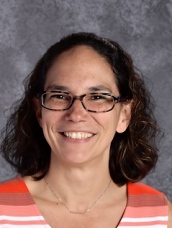 Amy teaches 7th grade language arts at the Interdistrict School for Arts and Communications in New London, CT, where she also serves as team leader. She is eager to incorporate her time with Ms. Kor, as well as her tours of additional museums and death camps in Germany and the Czech Republic, to strengthen a Holocaust unit about hope, survival, empathy and voice. You can see more images and descriptions Amy’s fellowship on her Instagram.
Amy teaches 7th grade language arts at the Interdistrict School for Arts and Communications in New London, CT, where she also serves as team leader. She is eager to incorporate her time with Ms. Kor, as well as her tours of additional museums and death camps in Germany and the Czech Republic, to strengthen a Holocaust unit about hope, survival, empathy and voice. You can see more images and descriptions Amy’s fellowship on her Instagram.
 “We have learned that trauma is not just an event that took place sometime in the past; it is also the imprint left by that experience on mind, brain, and body. This imprint has ongoing consequences for how the human organism manages to survive in the present.”
“We have learned that trauma is not just an event that took place sometime in the past; it is also the imprint left by that experience on mind, brain, and body. This imprint has ongoing consequences for how the human organism manages to survive in the present.” [minti_divider style=”1″ icon=”” margin=”20px 0px 20px 0px”]
[minti_divider style=”1″ icon=”” margin=”20px 0px 20px 0px”] Michelle Moyer is a second-grade teacher who has taught in Hawaii, Massachusetts, and Connecticut. She believes teaching and learning in the elementary classroom should be meaningful, integrative, value-based, challenging, and active. Michelle empowers her students through comprehensive SEL and restorative practices, collaborative environments, and high standards. A teacher for 15 years, her career accomplishments include being an FFT Fellow and earning a master’s degree in education.
Michelle Moyer is a second-grade teacher who has taught in Hawaii, Massachusetts, and Connecticut. She believes teaching and learning in the elementary classroom should be meaningful, integrative, value-based, challenging, and active. Michelle empowers her students through comprehensive SEL and restorative practices, collaborative environments, and high standards. A teacher for 15 years, her career accomplishments include being an FFT Fellow and earning a master’s degree in education.





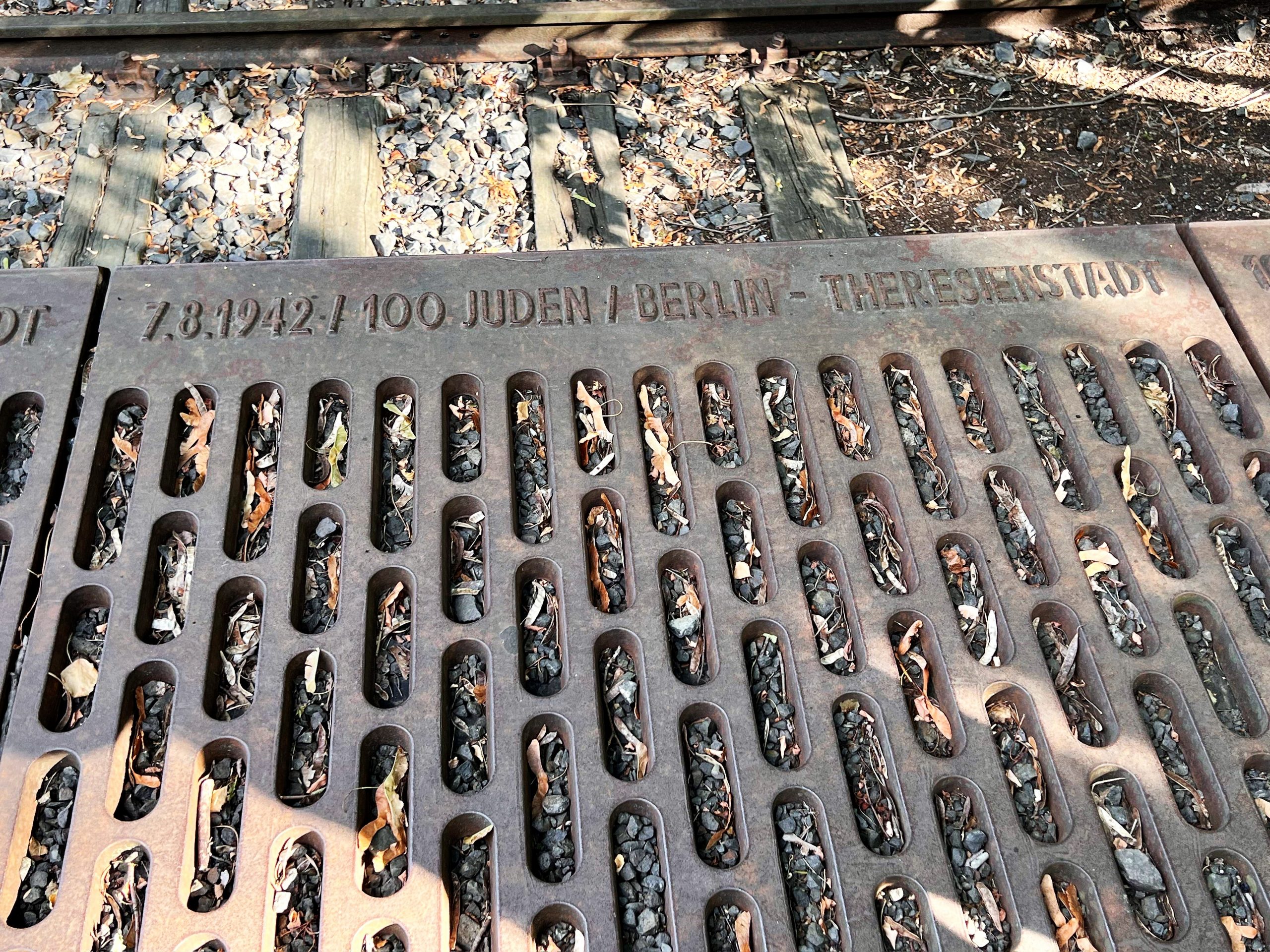












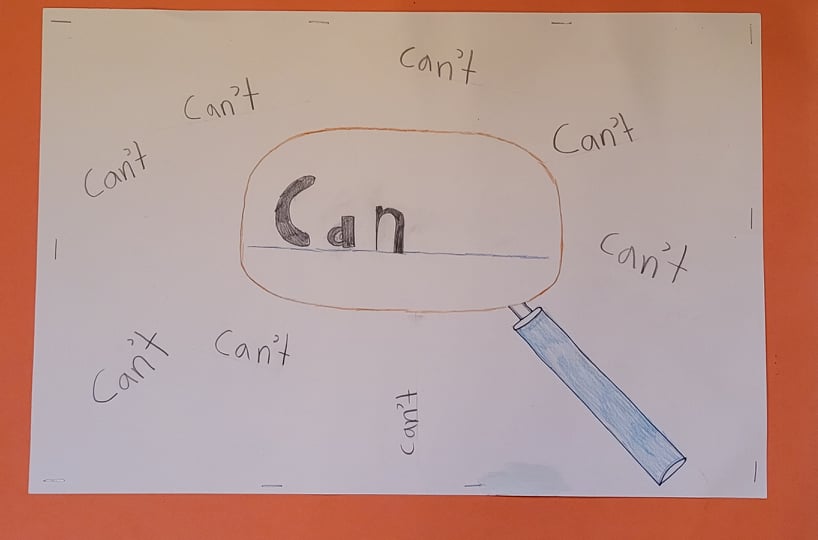

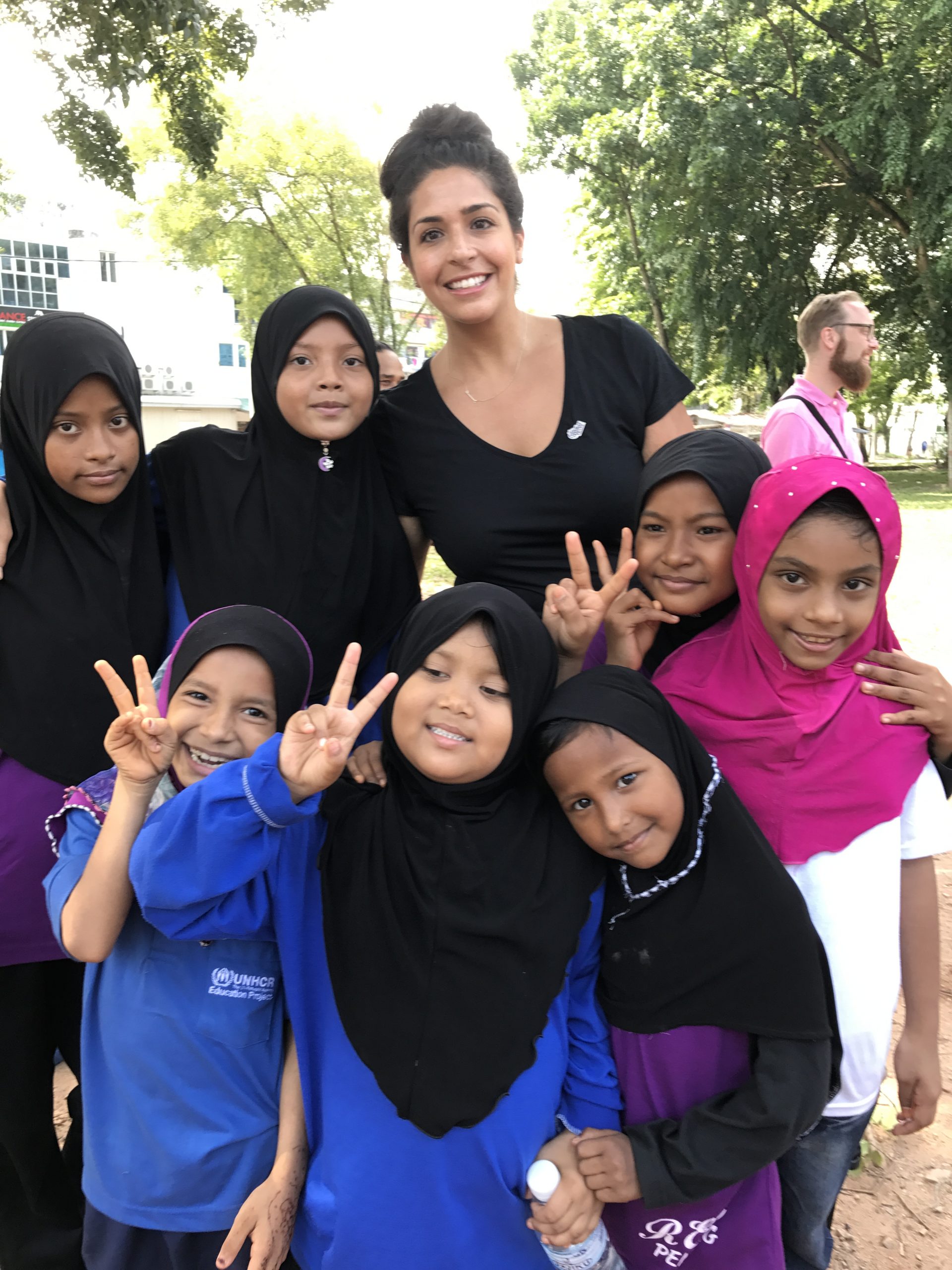






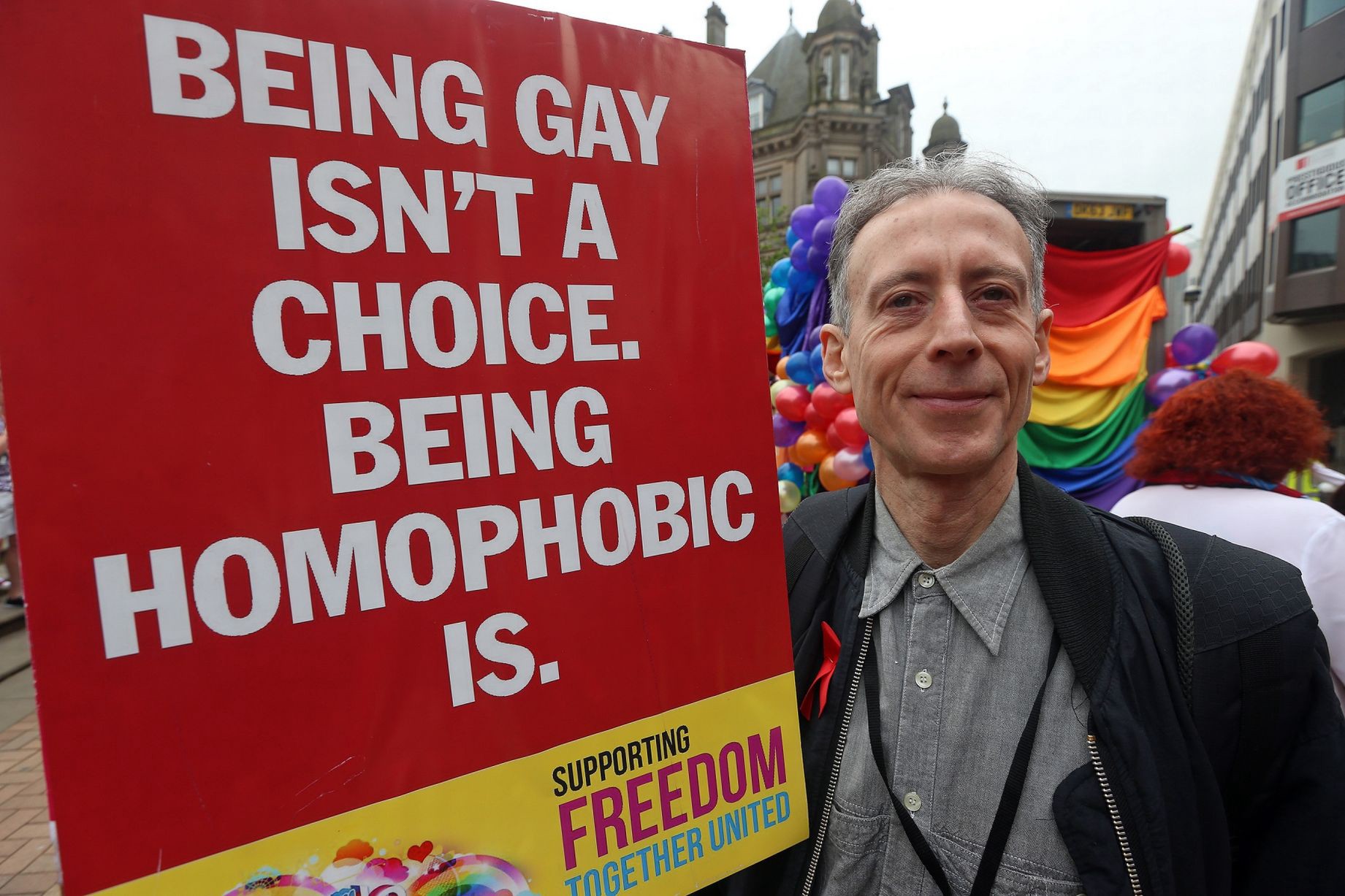








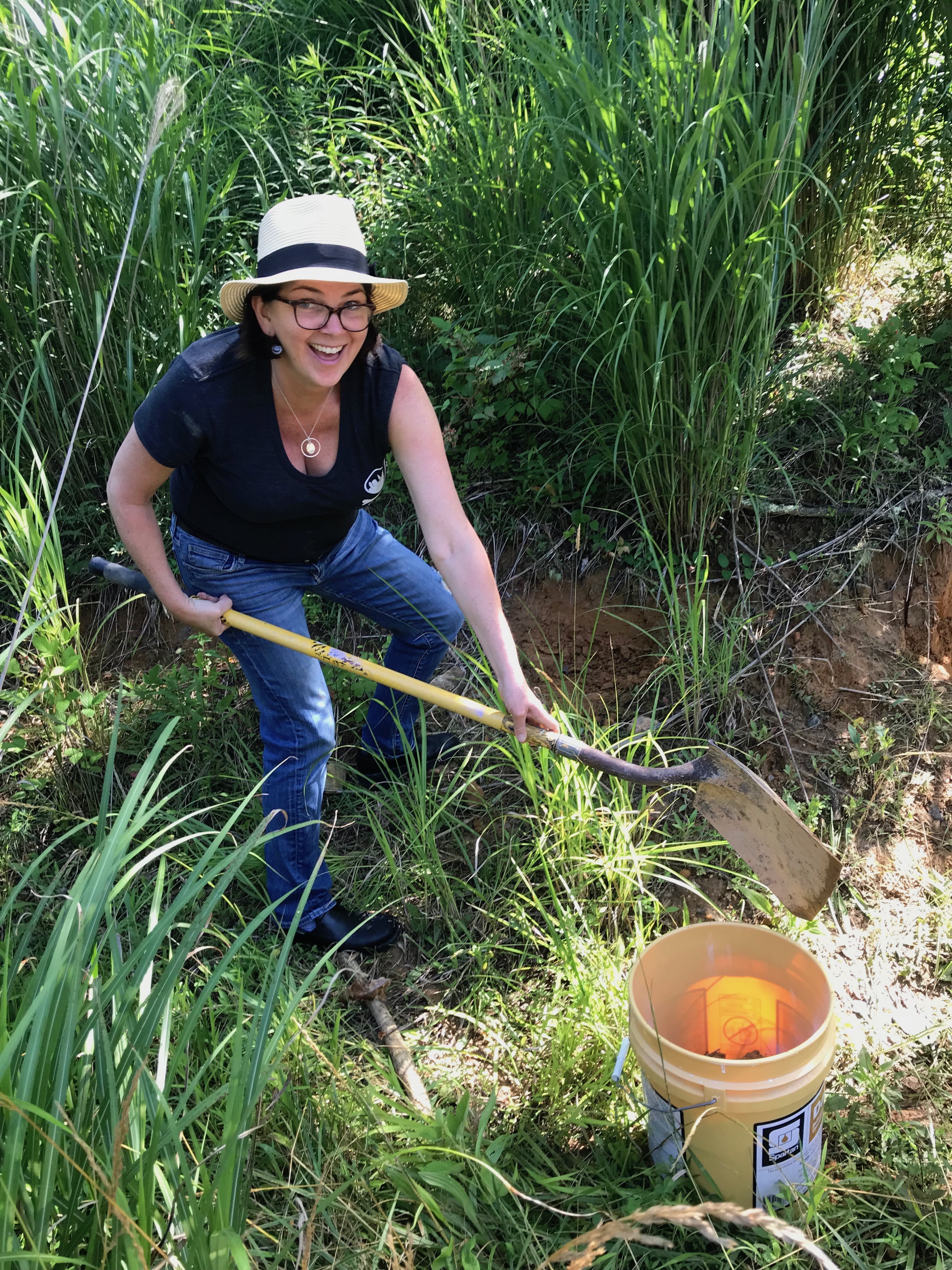


























 “In short, my fellowship was amazing!” said Kristin. “As a student, then practicing as the facilitator, I learned how to mix in drum circle facilitation with affirmations, rhythm games, and activities to increase students’ focus, listening, self-awareness, and self-expression. The goal behind all of this is to incorporate counseling techniques into drum circles and help students who have experienced trauma.”
“In short, my fellowship was amazing!” said Kristin. “As a student, then practicing as the facilitator, I learned how to mix in drum circle facilitation with affirmations, rhythm games, and activities to increase students’ focus, listening, self-awareness, and self-expression. The goal behind all of this is to incorporate counseling techniques into drum circles and help students who have experienced trauma.”
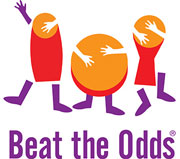


 Kristin has taught music for 11 years in Lousiana, Texas, and now Indiana. She was the 2019 Teacher of the Year, and was a Top 10 Finalist for the Indianapolis Public Schools District Teacher of the Year. Kristin has completed her Level 1
Kristin has taught music for 11 years in Lousiana, Texas, and now Indiana. She was the 2019 Teacher of the Year, and was a Top 10 Finalist for the Indianapolis Public Schools District Teacher of the Year. Kristin has completed her Level 1